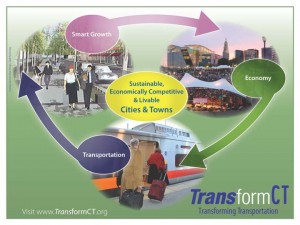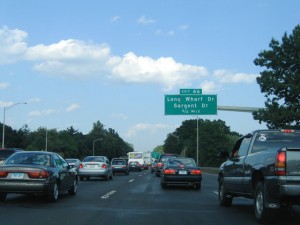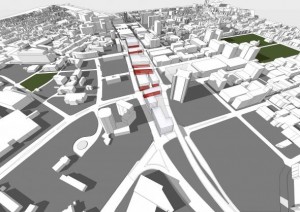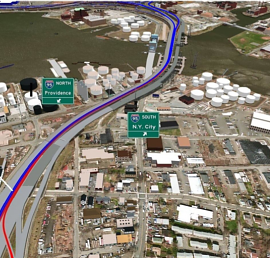Familiar Business Logos Coming to a Highway Near You, Promoting Tourism
/
The logos of Taco Bell, Starbuck’s and Georgie’s Diner are among 10 business logos and 7 tourist attraction logos that will be appearing on a total of 27 state highway signs in Connecticut this year, under a state program just underway. The highway signs, part of the state’s ongoing efforts to promote tourism, will appear on I-95, I-91, I-84, I-395 and Routes 8 and 9.
Administered by the state Department of Transportation, the 10 business logos that will be appearing on 13 signs across the state include A-1 Diner, Dunkin Donuts, Georgie’s Diner, Mobil, Starbucks, Comfort Inn, Taco Bell, Residence Inn, Guilford Suites, and Chili’s.
The seven tourist attraction logos that will appear on 14 roadway signs include the Essex Steam Train & Riverboat, The Griswold Inn, the Tanger Outlet Center, The Adventure Park at Storrs, Niantic Bay Boardwalk, Sailing Ship Argia Cruises, and Antique Center (at exit 8 on I-95). Among the attractions, four attractions will be having signs posted for the first time, with each to have a sign in each roadway direction (northbo und and southbound, or eastbound and westbound).
und and southbound, or eastbound and westbound).
The largest number of logos appearing will belong to Taco Bell, with four roadway signs, on I-395 at exit 93, I-91 at exits 16 and 47E, and Route 9 at exit 19.
According to the DOT, the Specific Information (Logo) Signing Program is intended to provide the motoring public with information on essential travel services (gas, food, lodging, camping) that are available at qualified interchanges on expressways in Connecticut.
The program allows qualified businesses to apply and erect their business sign or logos on specific information (logo) signs. Businesses must meet minimum qualification criteria specified in the regulations governing the program. There are no exceptions or waivers. A non-refundable $2,000.00 application fee per business, per interchange must accompany the application.
Installation of business signs is permitted only after field review of business and sign feasibility is conducted by the Department and certain concurrences and permits are completed or obtained.
All costs for fabrication and installation of signing by a contractor is the responsibility of the initial business on an interchange approach. Subsequent businesses are required to reimburse the initial business a percentage of the initial business’s installation cost as indicated in the regulations. Subsequent businesses are also responsible for all costs for the installation of their business signs. Businesses must continue to meet minimum qualification criteria as long as the business sign is displayed or signing will be removed.
The Connecticut Tourist Attractions Sign Program is intended to create a predictable and recognizable system to help travelers locate places of interest that will make their experience in Connecticut more  enjoyable. Participating businesses must indicate how many potential visitors they hope to attract at various periods during the year. Those accepted
enjoyable. Participating businesses must indicate how many potential visitors they hope to attract at various periods during the year. Those accepted  into the signage program must annually update DOT on their visitor-traffic counts and provide related information.
into the signage program must annually update DOT on their visitor-traffic counts and provide related information.
In another project promoting Connecticut sites and attractions for highway travelers, I-95 will soon see signs posted by DOT promoting the University of Bridgeport, Housatonic College, Barnum Museum, Webster Bank Arena, Harbor Yard Ballpark, Shoreline Star Greyhound, Connecticut Audubon Center, Silver Sands State Park, Westfield Post Mall, PEZ Visitor Center, West Haven Beaches, University of New Haven Yale Bowl. Three of the signs are new (Yale Bowl, Silver Sands and CT Audubon); the others are replacing existing signs.



 During the past five years, inbound moves peaked in 2010 at 1,009 – with a just slightly higher 1,160 outbound moves. Since then, the numbers have skewed increasingly out-of-state, Atlas reported.
During the past five years, inbound moves peaked in 2010 at 1,009 – with a just slightly higher 1,160 outbound moves. Since then, the numbers have skewed increasingly out-of-state, Atlas reported.
 ssistant marketing manager at Fallon Moving and Storage in Windsor, agreed. "Texas is big. We also do lots of Virginia, North Carolina and South Carolina," she said in a phone interview Friday afternoon.
ssistant marketing manager at Fallon Moving and Storage in Windsor, agreed. "Texas is big. We also do lots of Virginia, North Carolina and South Carolina," she said in a phone interview Friday afternoon.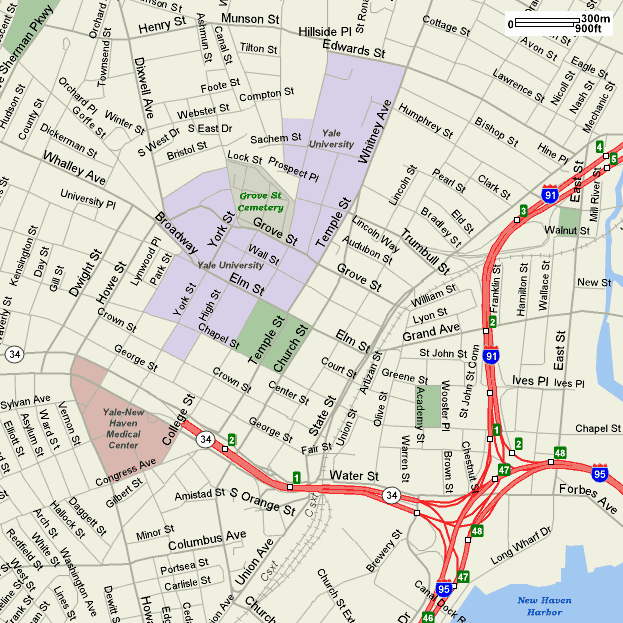 The top cities were Cambridge, MA (24.5%), Columbia , SC (20.7%), Berkeley, CA (18.1%), Ann Arbor, MI (15.5%), Boston, MA (15.5%), Provo, UT (12.2%), Washington, DC (11.9%), New Haven, CT (11.2%), Syracuse, NY (11%) and Providence, RI (10.8%).
The top cities were Cambridge, MA (24.5%), Columbia , SC (20.7%), Berkeley, CA (18.1%), Ann Arbor, MI (15.5%), Boston, MA (15.5%), Provo, UT (12.2%), Washington, DC (11.9%), New Haven, CT (11.2%), Syracuse, NY (11%) and Providence, RI (10.8%).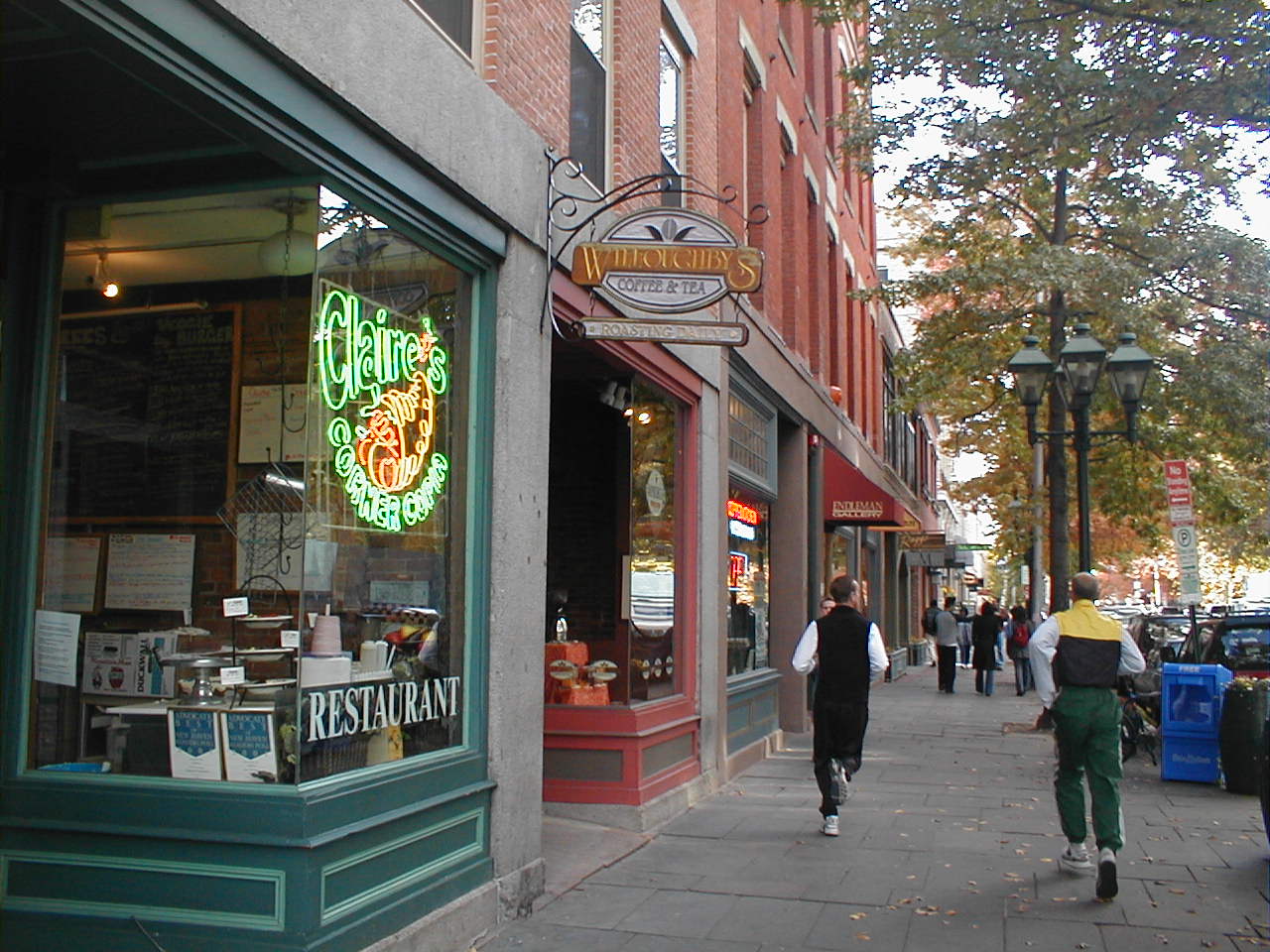
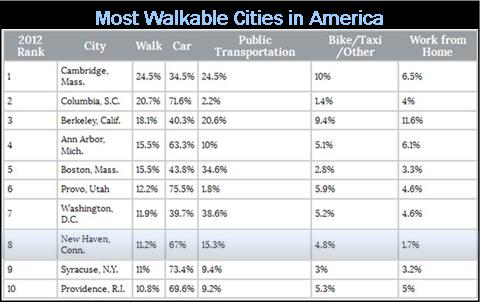
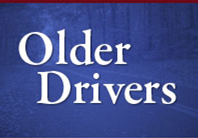 e for Highway Safety
e for Highway Safety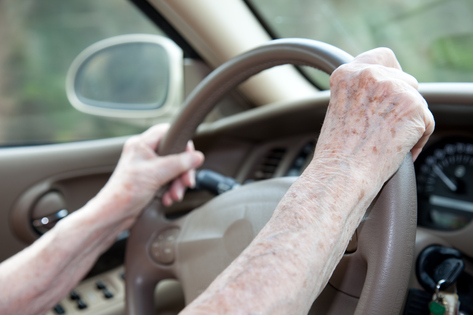
 ation for Traffic Safety indicates that high school-aged teens report using their phones or texting while driving substantially less often than adults do. The AAA survey found that adult drivers ages 25-39 were the most likely to admit engaging in these risky behaviors behind the wheel.
ation for Traffic Safety indicates that high school-aged teens report using their phones or texting while driving substantially less often than adults do. The AAA survey found that adult drivers ages 25-39 were the most likely to admit engaging in these risky behaviors behind the wheel.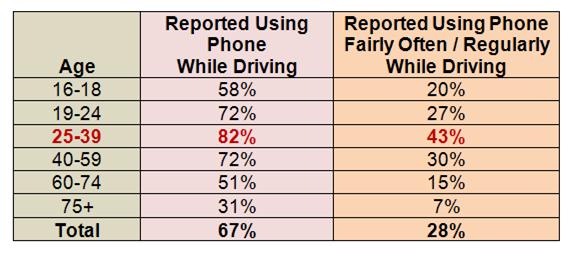
 of electronic devices in vehicles.
of electronic devices in vehicles.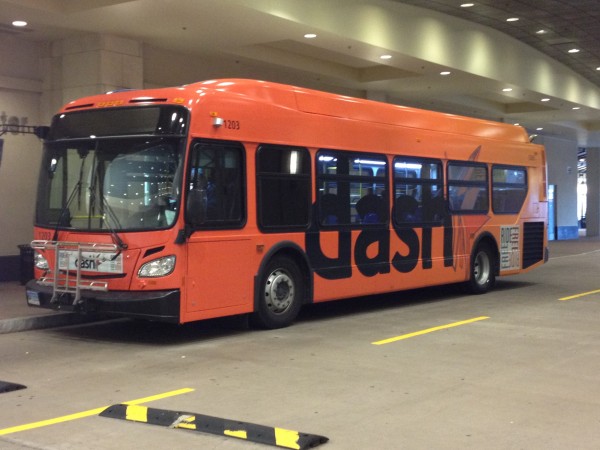 n among CT TRANSIT, CT DOT, the City of Hartford, the Capitol Region Development Authority, the Hartford Business Improvement District, the Hartford Metro Alliance, and the Connecticut Convention & Sports Bureau.
n among CT TRANSIT, CT DOT, the City of Hartford, the Capitol Region Development Authority, the Hartford Business Improvement District, the Hartford Metro Alliance, and the Connecticut Convention & Sports Bureau. ted the time has come to showcase the rebranding and new shuttle name! I chose "dash" not only because of the acronym (Downtown Area SHuttle) but also because it's an action word --"dash," to me, is exciting, inviting, and invokes you to hop on and discover Downtown."
ted the time has come to showcase the rebranding and new shuttle name! I chose "dash" not only because of the acronym (Downtown Area SHuttle) but also because it's an action word --"dash," to me, is exciting, inviting, and invokes you to hop on and discover Downtown."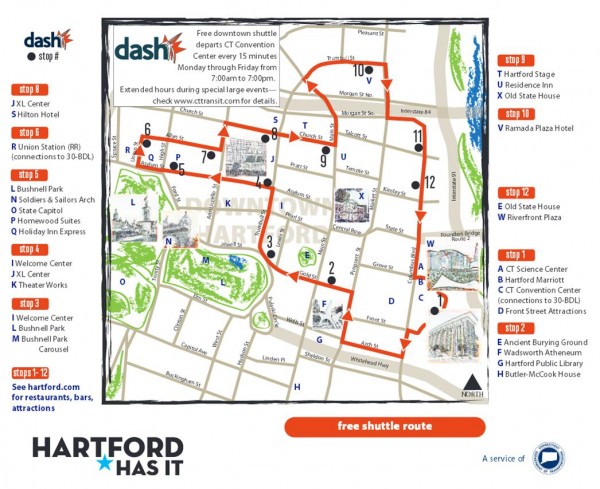 nd the vehicles alternate in providing the service. The DASH shuttle is a service of the CT Department of Transportation and operated by CT TRANSIT. Information on the route and extended service hours can be found at
nd the vehicles alternate in providing the service. The DASH shuttle is a service of the CT Department of Transportation and operated by CT TRANSIT. Information on the route and extended service hours can be found at  percent.)
percent.)




